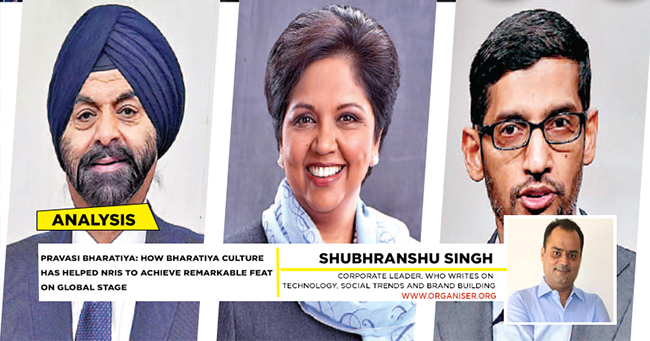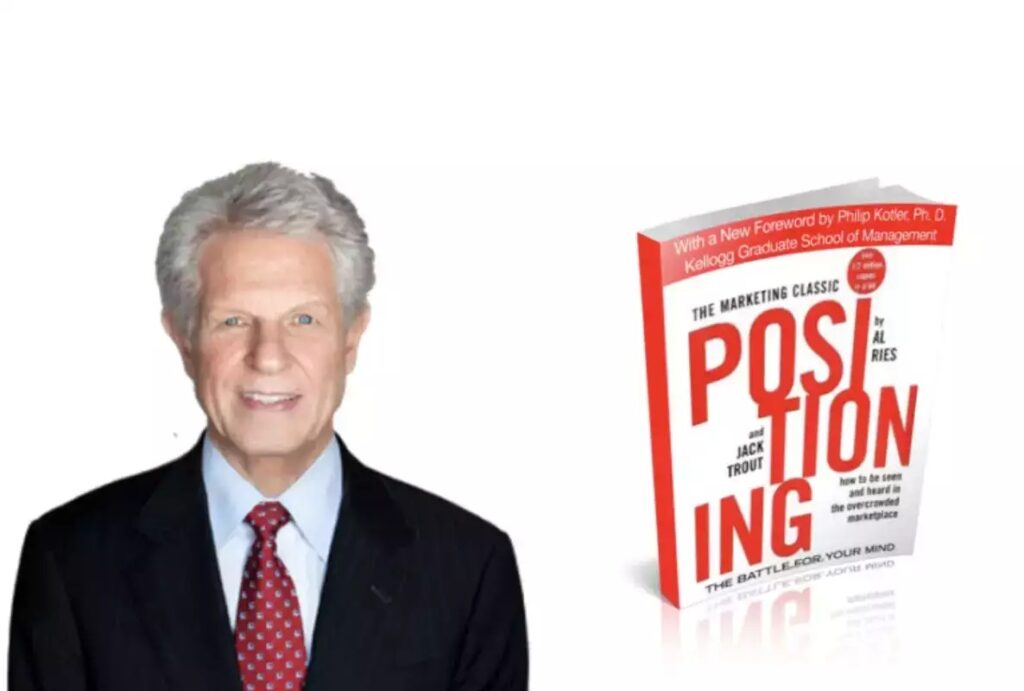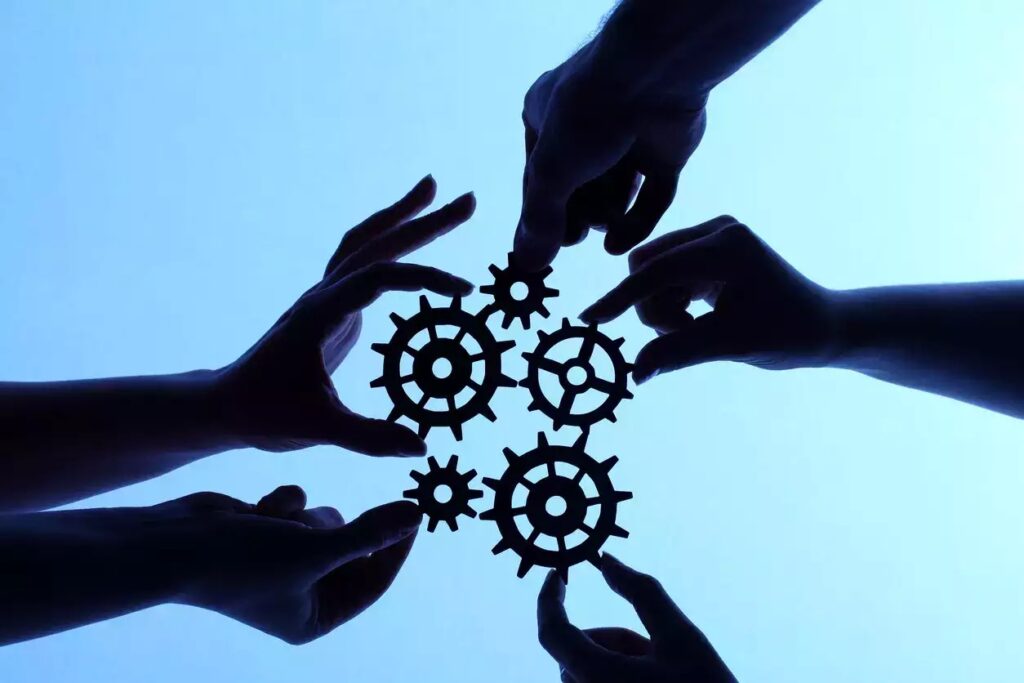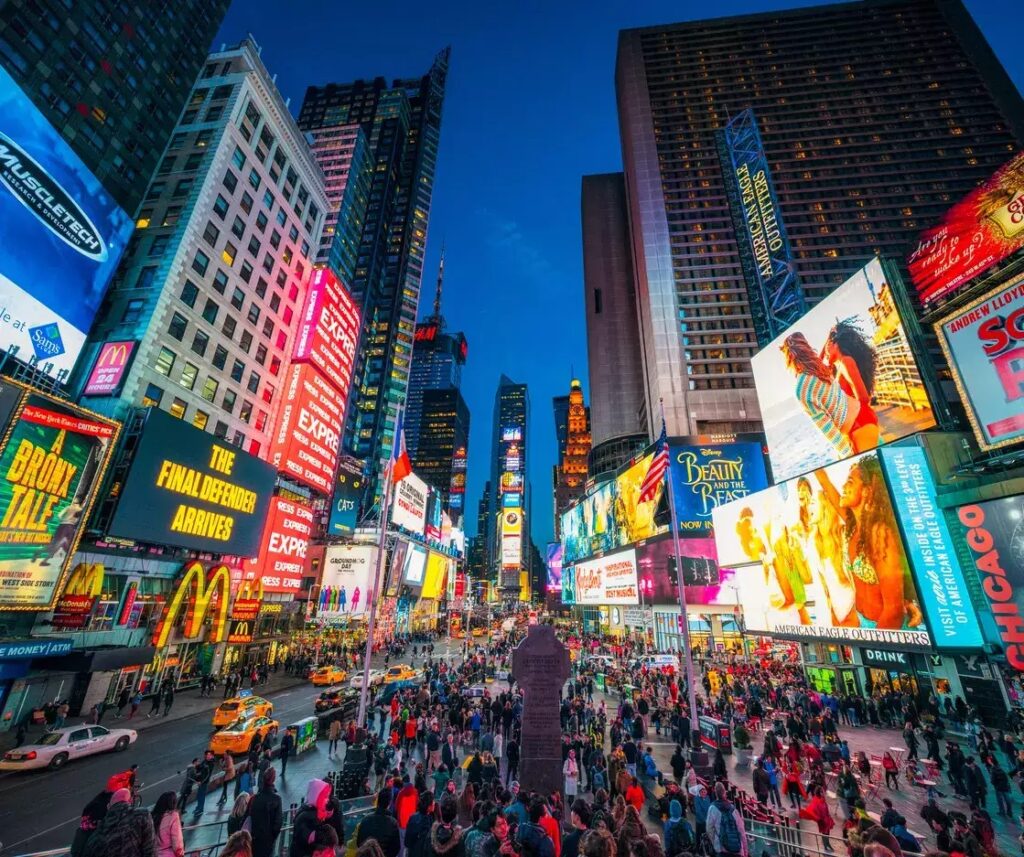[siteorigin_widget class=”SiteOrigin_Widget_Image_Widget”][/siteorigin_widget] Bharat is on the road to being a great economic, geopolitical and cultural power in the world. This has become possible through a virtuous combination of political will, economic momentum and favourable social factors. While today is better than yesterday, our tomorrow will be better still. But though there are several global Indian businesses, there are only a few, if any, global Indian brands. Cultural power is a strength for Bharat. Thus by promoting our culture, art, and spiritualism, we can help shape a better world. Bharat has brand ownership of ideas, personalities and movements but do we genuinely have powerful, aspirational, global brands? It is not a governmental responsibility alone but needs a vigorous tri-sectoral partnership of the public sector, private sector and the social sector. Bharat is not merely a country in terms of a political state defined by boundaries. It is a civilisational state whose culture, history, and identity must shape its policies and governance. We have a duty to Bharat and all of mankind in preserving and promoting our unique cultural and civilisational heritage as a core part of our national identity. Every global agency, analyst, institution and forum worthy of note has asserted that we are the next great economic power. Goldman Sachs has predicted we will become the world’s second-largest economy by 2075, and Martin Wolf wrote an article in the Financial Times in July 2023 where he suggested that, by 2050, Bharat’s purchasing power will be 30 per cent larger than that of the US based on a population 4.4 times larger and a GDP per head (at Purchasing Power) at 30 per cent of US level (roughly equal to where China is today). So, the momentum predicts our ascent to a great power status. This optimism is credible due to a confluence of demand, supply, and the systemic facilitating factors. Bharat is a civilisation, economic entity and nation state whose time has come. This momentum is greater than any economic cycles, macro shock or policy dependence. The first area for civilisational greatness in a modern economic sense is to make ‘Born in Bharat’ a self-evident power statement. The most fundamental basis for the credibility of Bharat’s economic promise is the vitality, size and ambition of our consumer pool. With more than 1 billion people progressing from nothing to something in consumer terms, our growth is powered by domestic consumption and investments. Real wages have steadily grown and are further expected to grow at 5 per cent levels such that real disposable income will continue to grow more than 15 per cent. Bharat has an eager and responsible consumer pool. There is no mature industry here, rather there is growth for one and all. Almost all verticals and industries that are maturing or trapped on a growth plateau in the West are thriving and growing fast in Bharat. Housing, airlines, consumer durables, steel, automotive, retail, media – you name it and there is galloping growth in excess of double digits across sectors. Bharat is a vast land where fibre optic cables have been laid out even before roads. In our consumption pyramid, every segment is growing but the aggregated value is always higher as you traverse downwards. We deserve brands, local in spirit, local in cultural sensibility but global in performance, quality and technical capability. Bharat must pay close attention to its Intellectual Property in terms of brand image, brand consciousness and brand appeal. Economic Nationalism Replaces Globalisation Across the leading economies of the world, economic nationalism is being resurrected and globalisation is retreating. The sovereign right of a nation state to act, and its conflict with the obligations of various multilateral agreements, is at the top of the agenda for political action. Brexit to ‘Trump Tariffs,’ the world has been in ferment. The topmost economic entities of the world today are corporations- multinational, transnational, multi-local, global – call them by any name but they are dominant in world economic flows. They rule consumer minds and leverage their preference for profits. Bharat, given its current status as a top world economy, with amongst the highest growths in the world, needs to act. Our much respected marketers are amongst the best in the world, but they need to ensure we have truly global homegrown brands. Our marketing talent has mostly served western brands. We need a ‘Born in Bharat’ brand building mission. We must dominate the world of global brands with flair, intuition, charm, creativity, style and taste. There are great examples to study. How did Italian flamboyance, French finesse, German engineering, Japanese technology, Korean Value for Money and American innovation get established? We deserve brands, local in spirit, local in cultural sensibility but global in performance, quality and technical capability. Bharat must pay close attention to its Intellectual Property in terms of brand image, brand consciousness and brand appeal The beauty is that the more we globalise, the more the rootedness and urge to belong becomes stronger. Sadly ‘West is Best’ has meant stifled creative innovation and standardised product -centric or claim-centric communications steamrolled by Western brands into India, just as in 100 other markets. Sameness is a blight upon authenticity. Western brands and their empires came hand in hand. They were the products of a mass production world enabled by the Industrial Revolution and fostered through the rise of affluence, media and literacy in Europe and America. Unilever, Colgate, P&G, Nestle, Coca Cola, Pepsi,Cadbury, Ford, Rolex, Citibank and many more – these were the creators of brands and brand cultures and the flag bearers of the Western way of life. Brands enhanced desirability for their culture. When you opened a bottle of Coca Cola or wore Levis Jeans – you lived a bit of America. There are several global businesses from Bharat which are ready to be global brands. Economic expansion must meet brand creation, creative focus and domain excellence. What Will it Take to Make a Brand Nurturing Culture Emerge? Looking beyond immediacy of profit: Brand stature or










